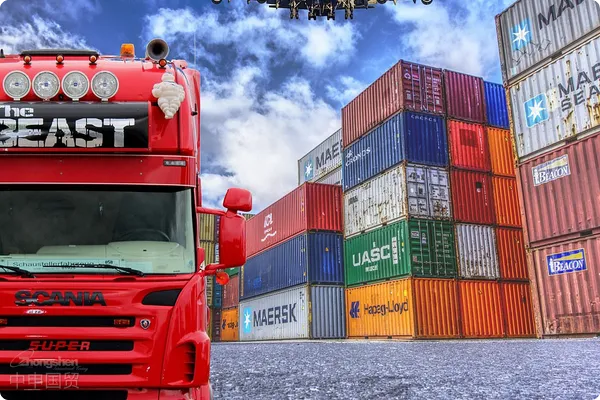- Shanghai Zhongshen International Trade Co., Ltd. - Two decades of trade agency expertise.
- Service Hotline: 139 1787 2118

Contents
ToggleEquipmentImport RepresentationThe strategic value of service
According to the latest customs statistics for 2025, the clearance time for industrial equipment imports has improved by 27% compared to 2022, but the rejection rate has increased by 13% year-on-year. The data reveals that:Equipment ImportsThe compliance threshold is rising.. The value of professional agency service providers lies not only in completing trade processes but also in assisting enterprises to establish a trade system that complies with AEO certification standards.
Comprehensive Analysis of the Entire Process for Agency Import of Equipment
The import of typical equipment involves six key steps, each requiring different professional competencies:
- Equipment access verification
- CE certification renewal cycle (mandatory certification for welding equipment added in 2025)
- Changes in FDA Registration Requirements (Medical EquipmentAdjustment of Declaration Elements for Class Equipment)
- Optimization of trade terms:
- Case Study on Tax Cost Differences Between DDP and CIP (Impact of 2025 EU Anti-Dumping Duty Adjustments)
- Customs clearance practical operations
- The import of used equipment requires the provision of original manufacturer usage records (General Administration of Customs Announcement No. 38, 2025).
The Essential Difference Between Professional Service Providers and Traditional Freight Forwarders
By comparing an imported case of laser cutting equipment, the core differences between the two types of service providers are revealed:
- Qualification differences: The import of medical devices requires holding the "import and export"Commodity Pre-classification Service Qualification"
- (Such as the docking situation of the US FDA pre - declaration system): HS code error rate (0.3% for professional institutions vs. 8.7% for ordinary freight forwarders)
- Tax Treatment:The time difference for VAT credit refunds reaches 45 working days.
New Standards for Proxy Service Selection in 2025
Based on the latest regulatory requirements, four major evaluation dimensions are recommended:
- Customs compliance system: Does it have an RCEP Rules of Origin database?
- Risk Control Mechanism: Specific provisions on the compensation clause for pre-classification errors
- Technical parameter processing: Can you accurately translate non-standard equipment technical documents?
- Emergency Response Capability: Commitment to on-site technical support response time for inspection
Three Common Misconceptions About Equipment Importation
Analyzing typical errors based on a 2024 semiconductor equipment re-export case:
- Neglect technical parameters: A laser generator's power unit was mislabeled, causing customs clearance delays.
- Underestimating transportation costs: Additional lifting costs incurred due to failure to file oversized equipment in advance.
- Trusting low-priced services too easily: A packaging machine was required to pay back taxes due to an incorrect HS code.
Related Recommendations
Contact Form
? 2025. All Rights Reserved. Shanghai ICP No. 2023007705-2  PSB Record: Shanghai No.31011502009912
PSB Record: Shanghai No.31011502009912










